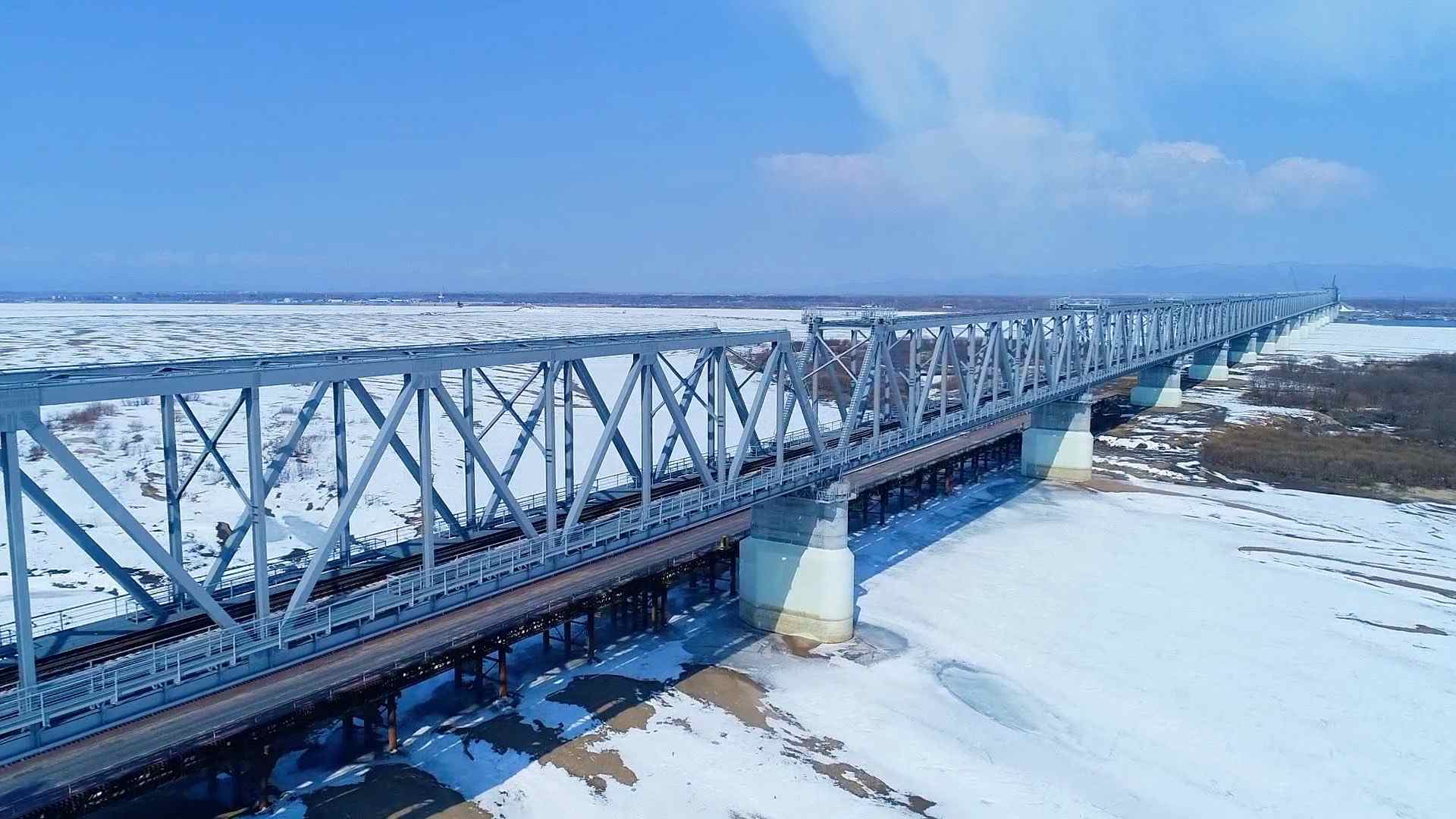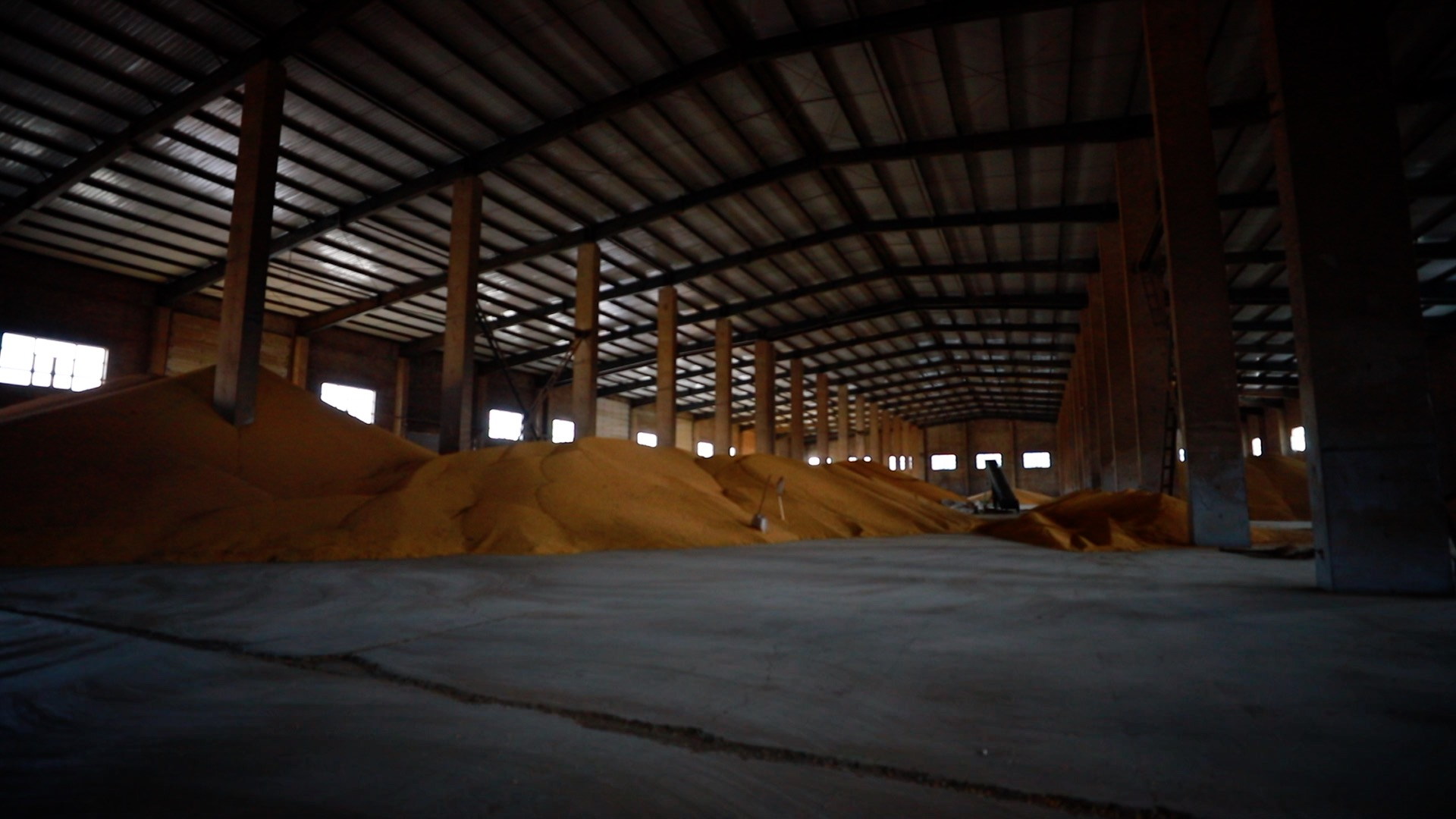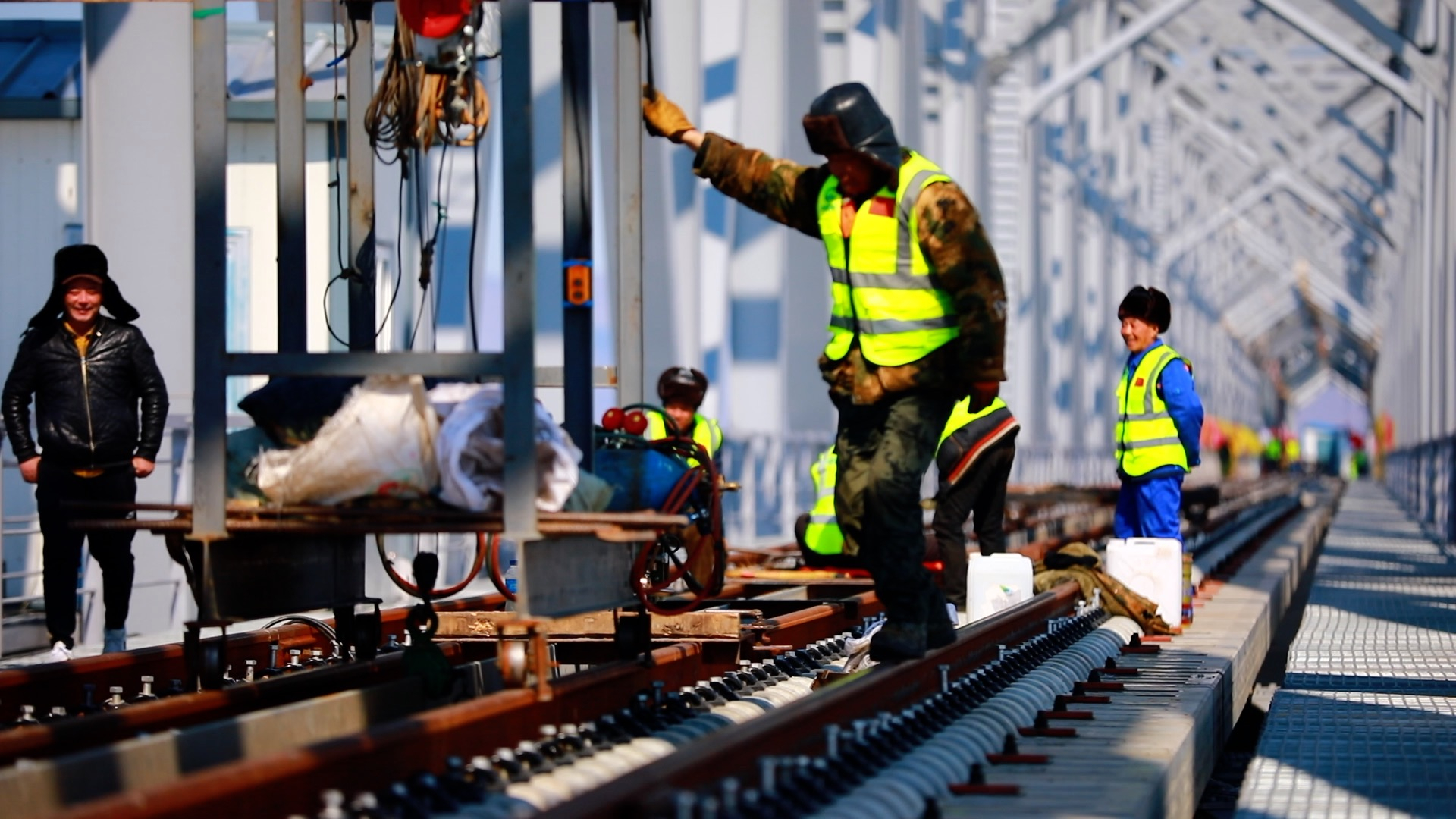
Money Stories
12:40, 13-Apr-2019
BRI Projects: First Sino-Russian rail bridge to boost connectivity and trade
Updated
23:04, 18-Apr-2019
Feng Yilei, Wang Yao
02:51

In the frigid northeastern corner of China, only a small body of water separates the city of Tongjiang from Russia. For years, border trade was complicated by seasonal ice blockages and bumpy road trips.
But now, a rail bridge linking both sides will alleviate the problems and is set to boost trade and economic activity between Russia and China.
Li Huachao, the chief engineer in charge of construction on the Chinese side called the bridge "very unique" as it is the first-ever cross-border railway bridge between the two countries and is built by China and Russia together.
But he also admitted that progress was slow and difficult. It takes decades of negotiations, and nearly five years to overcome extreme weather and financing problems. Engineers from both sides had to meet frequently to solve many technical difficulties and plan for the main structure.
"We took into account different track gauges, train loads, design styles from both countries and we learned from each other," Li added.
The final countdown is now on for the opening of the steel and concrete crossing. And many are jumping at the business opportunities. Fenglinda, a trading company producing organic fertilizer moved to Tongjiang in 2012, mainly because of the bridge.
Their operation manager Su Hui said the company purchased 400,000 square meters of peat soil in the Far East for production. They have been using road transportation. When the bridge opens, they can choose rail transportation which is more cost-saving.

Soybean in the warehouse of a local trading company, April 1, 2019. /CGTN Photo
Soybean in the warehouse of a local trading company, April 1, 2019. /CGTN Photo
The railway will also allow for larger exports of iron ore, coal, lumber, and other natural resources from Russia, to meet the nation's eastward shift in economic output and China's industrial demand. Sun Yanmei, operation manager of New Far East Trading company based in Tongjiang said the bridge allows all-year-round exportation and they will expand the variety of their trading business. Merchants say the more cross-border linkage, the greater the opportunities for increasing the flow of goods.
Apart from the 2,000-meter-long tie between Tongjiang and Russia, more Sino-Russian cross-border infrastructure programs are expected to be completed soon, which will make northern China a corridor towards central Asia and Europe. There is still room for the two countries to deepen strategic partnerships. For instance, the railway system they are working on to connect China's northeastern railway network with Russia's Siberian railway network will also reach the bigger Belt and Road region.

Builders working on the railway of the bridge, April 1, 2019. /CGTN Photo
Builders working on the railway of the bridge, April 1, 2019. /CGTN Photo
Li Enguo, deputy director of Tongjiang Commerce and Port Bureau said the local government has based many economic parks, development zones, and timber parks on the bridge economy.
"The Russian Jewish Autonomous Region on the other side is also trying to attract more Chinese enterprises to their advanced development zones," Li added. By the time the bridge is fully operational, it is expected to have an annual throughput capacity of 21 million metric tons, and to take trade to new heights.

SITEMAP
Copyright © 2018 CGTN. Beijing ICP prepared NO.16065310-3
Copyright © 2018 CGTN. Beijing ICP prepared NO.16065310-3